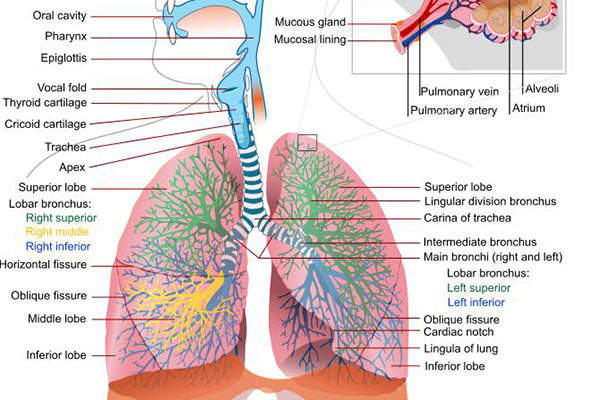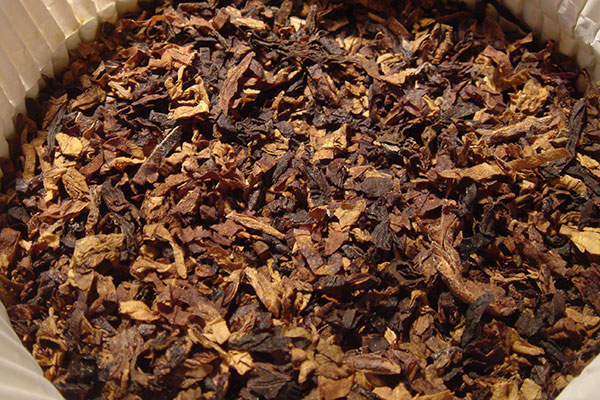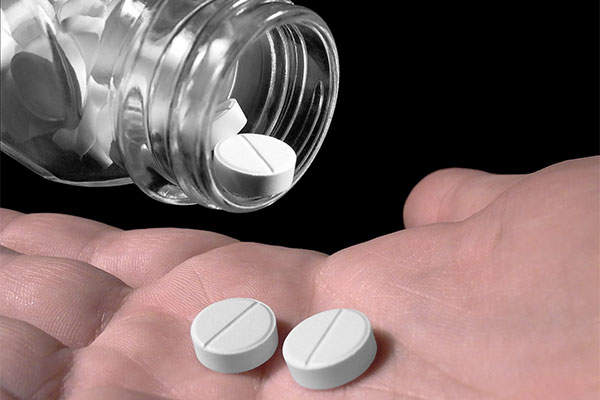Adlyxin (lixisenatide) is an injectable solution developed by Sanofi for the treatment of type 2 diabetes in adults.
Sanofi submitted the new drug application for Adlyxin to the US Food and Drug Administration (FDA) on 27 July 2015. The FDA approved the drug on 28 July 2016.
Adlyxin was in-licensed by Sanofi from Zealand Pharma, and is available under its proprietary name Lyxumia in more than 60 countries. Adlyxin is commercially available in the European Union, Japan, Brazil, and India.
Diabetes symptoms and causes
Diabetes is characterised by high-blood sugar or glucose (HbA1c) levels leading to serious complications that affect the heart, eyes, kidneys, nerves, gums and teeth. The disease is prevalent in two types, type 1 and type 2 diabetes.
Type 1 diabetes is a condition where the pancreas does not produce sufficient insulin, which leads to high-blood glucose levels. It is usually seen in children or young adults with symptoms such as frequent urination, unusual weight loss, dry and itchy skin, blurry vision, increased appetite, and tiredness.
Type 2 diabetes is more common and is associated with either inefficiency in insulin production or inefficient use of insulin. The condition is seen in older or obese people, or individuals with a family history of the disease. Type 2 diabetes is characterised by similar symptoms to type 1.
Adlyxin’s mechanism of action
Adlyxin is a receptor agonist containing lixisenatide and is based on the glucagon like-peptide (GLP-1) hormone. GLP-1 increases the glucose-dependent insulin release from the pancreatic beta cells.
It decreases glucagon secretion from the alpha cells of the pancreas, slowing gastric emptying in patients.
Clinical trials
The US FDA approved Adlyxin based on results obtained from 13 clinical trials as part of the GetGoal Phase III clinical programme conducted to evaluate the safety and efficacy of the drug.
As part of the GetGoal programme, clinical trials included the GetGoal-MONO, GetGoal-L-ASIA, GetGoal-Duo1, GetGoal-Duo2, GetGoal-O, GetGoal-P, GetGoal-L, GetGoal-S, GetGoal-M, GetGoal-X, GetGoal-F1, and GetGoal-M-Asia.
The programme included more than 5,000 adult patients with type 2 diabetes, examining the drug’s efficacy as a standalone therapy and in combination with metformin, sulfonylurea, pioglitazone, and basal insulin. The trials were double-blind and placebo-controlled.
GetGoal-MONO (lixisenatide monotherapy) was conducted on 361 patients for 12 weeks. Patients were randomised to receive lixisenatide in either a one-step dose increase of 10µg for 2 weeks then 20µg for ten weeks, a two-step dose increase of 10µg for one week, 15µg for one week, and then 20µg for ten weeks, or a placebo with one or two-step dose increase.
GetGoal-F1 was conducted over 24 weeks in 484 type 2 diabetes controlled on metformin. Patients were randomised to receive lixisenatide on a one-step or two-step dose increase.
GetGoal-S was a parallel group study conducted over 24 weeks on 859 type 2 diabetes patients, who were inadequately controlled on sulfonylurea. The patients received either 20µg lixisenatide or placebo.
GetGoal-P was conducted over 24 weeks on 484 patients with type 2 diabetes inadequately controlled on pioglitazone (with or without metformin). The patients received either 20µg lixisenatide or placebo.
GetGoal-L-Asia was a multi-centre trial conducted over 24 weeks on 311 type 2 diabetic patients, who were inadequately controlled on basal insulin (with or without sulfonylurea).
ELIXA was a parallel group, multi-centre study conducted on 6,076 patients to demonstrate the cardiovascular safety of the drug.
All of the studies were reported to have met the primary endpoint of HbA1c reduction. The most common adverse reactions observed during the trials were nausea, hypoglycaemia, and vomiting.






